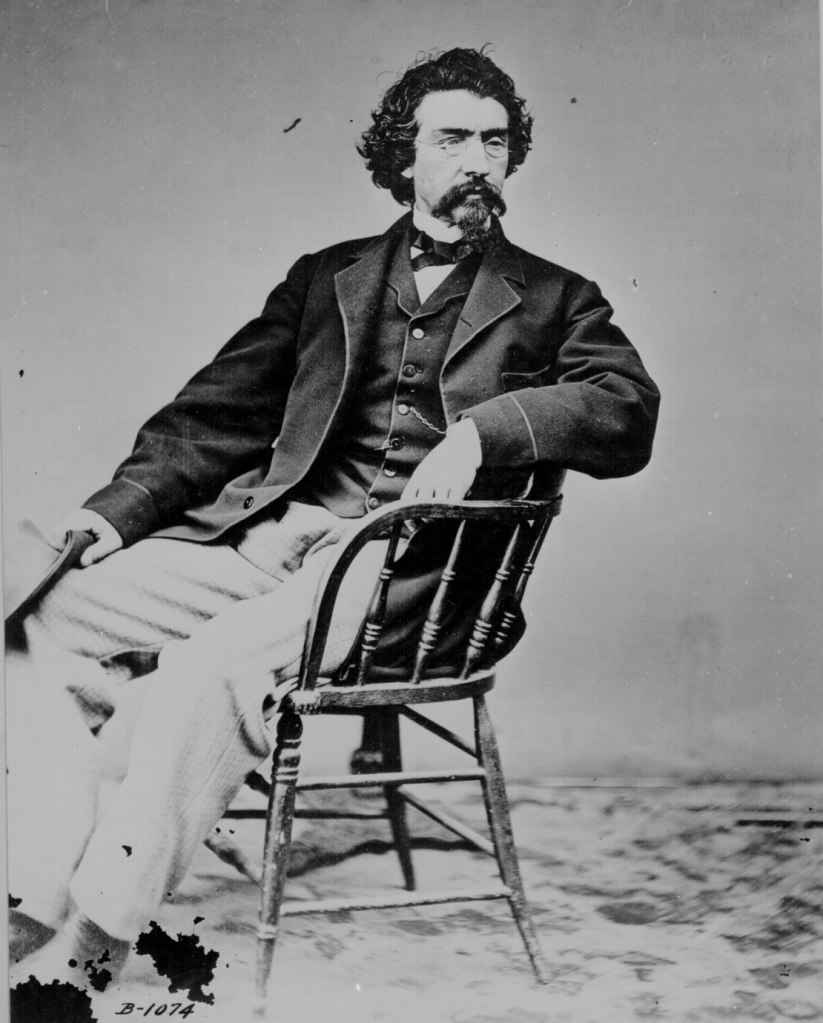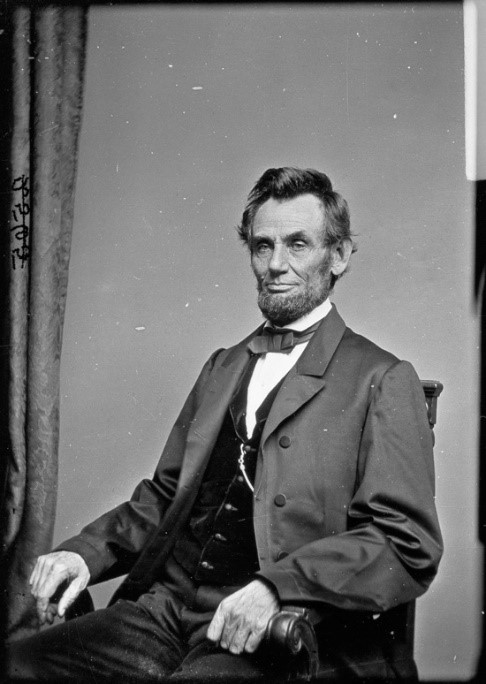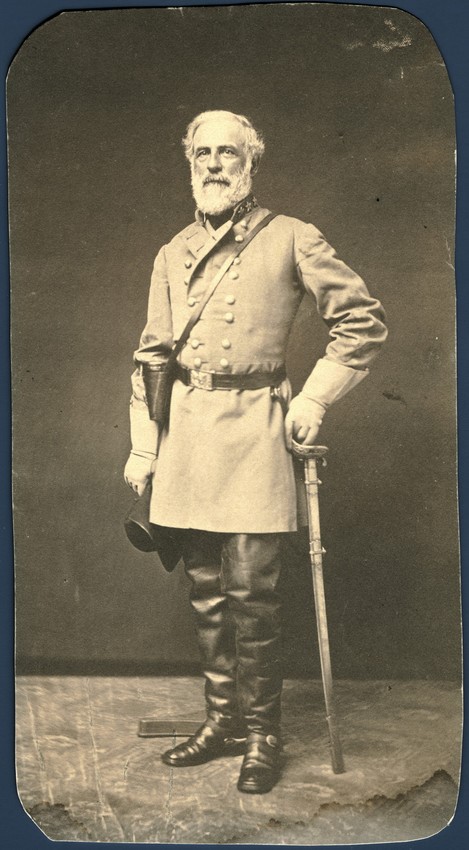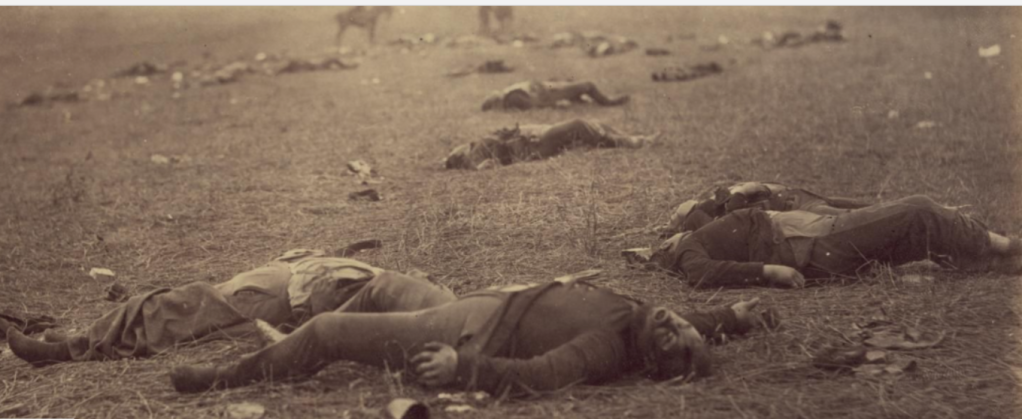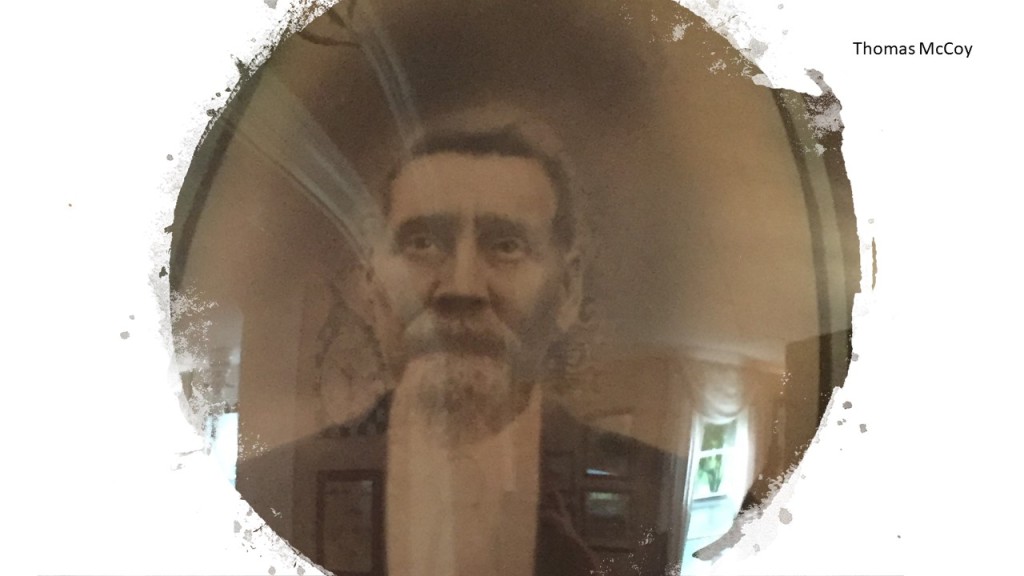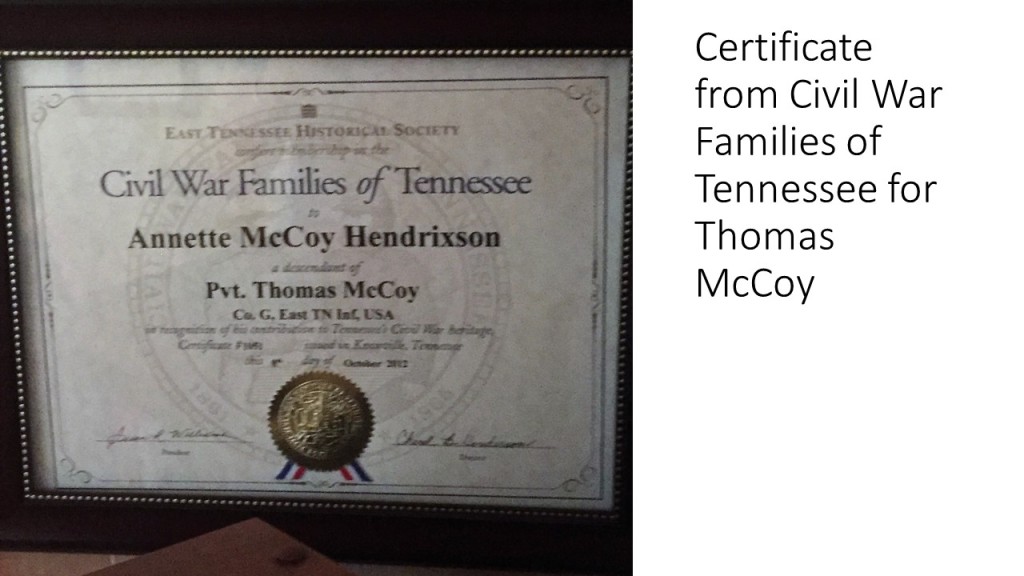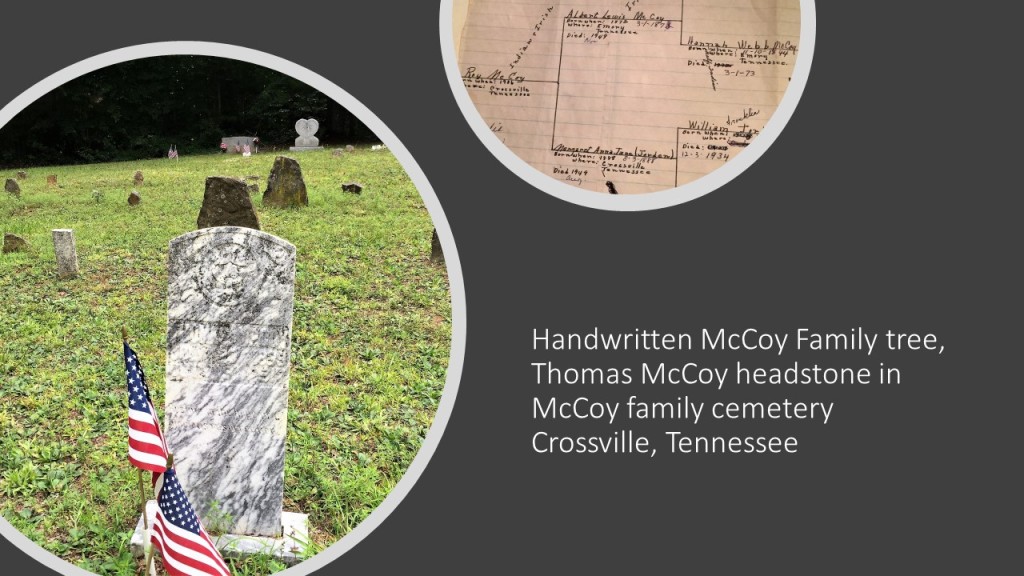While the public was eager to know what was going on in the world especially with their husbands, daughters, wives and other family members who were deployed to these areas, much like the families of men fighting in the Civil War, they were not prepared for what they were seeing. Live action news feed showing bombs being dropped on buildings, missiles flying and exploding were just some of the things people were seeing that were not present in during the Civil War, the other was the commentary of the actual news men as well. News men and women were in buildings and on the ground broadcasting live while rockets were whizzing through the air, sometimes a bomb would explode and they would duck for cover, all the while reporting the news. No one had quite seen anything like this, and this forever changed the way the world now sees the news around them and the world we live in.
From a personal standpoint… . I have some personal experiences with war and how the news reported it. My spouse was deployed to Iraq during Operation Desert storm in 1990-1991, during that time instant news coverage via satellite transmission was also being used for the first time in covering a war event.
I will never forget the feeling I had in the pit of my stomach every time I watched the news, how I had to refrain from watching the news when my children were awake because of how they reacted to seeing these images. They were not quite teenagers when he was deployed and no matter how often I told them it was unlikely their dad would be involved in hand to hand combat they couldn’t wrap their heads around this, they could only see the explosions of the missiles and the destruction they caused and it terrified them to know their dad was there somewhere among all of this. My husband was broke after this war, if that is a word to describe a person.
This experience was very painful to live and eventually his demons drove him to the bottom of a bottle and our marriage and lives were destroyed. I think this was why I chose this topic. Maybe as a way to make some sense of it all.
NO one can understand what seeing death and destruction this up close and personal can do to a person for the long term.


